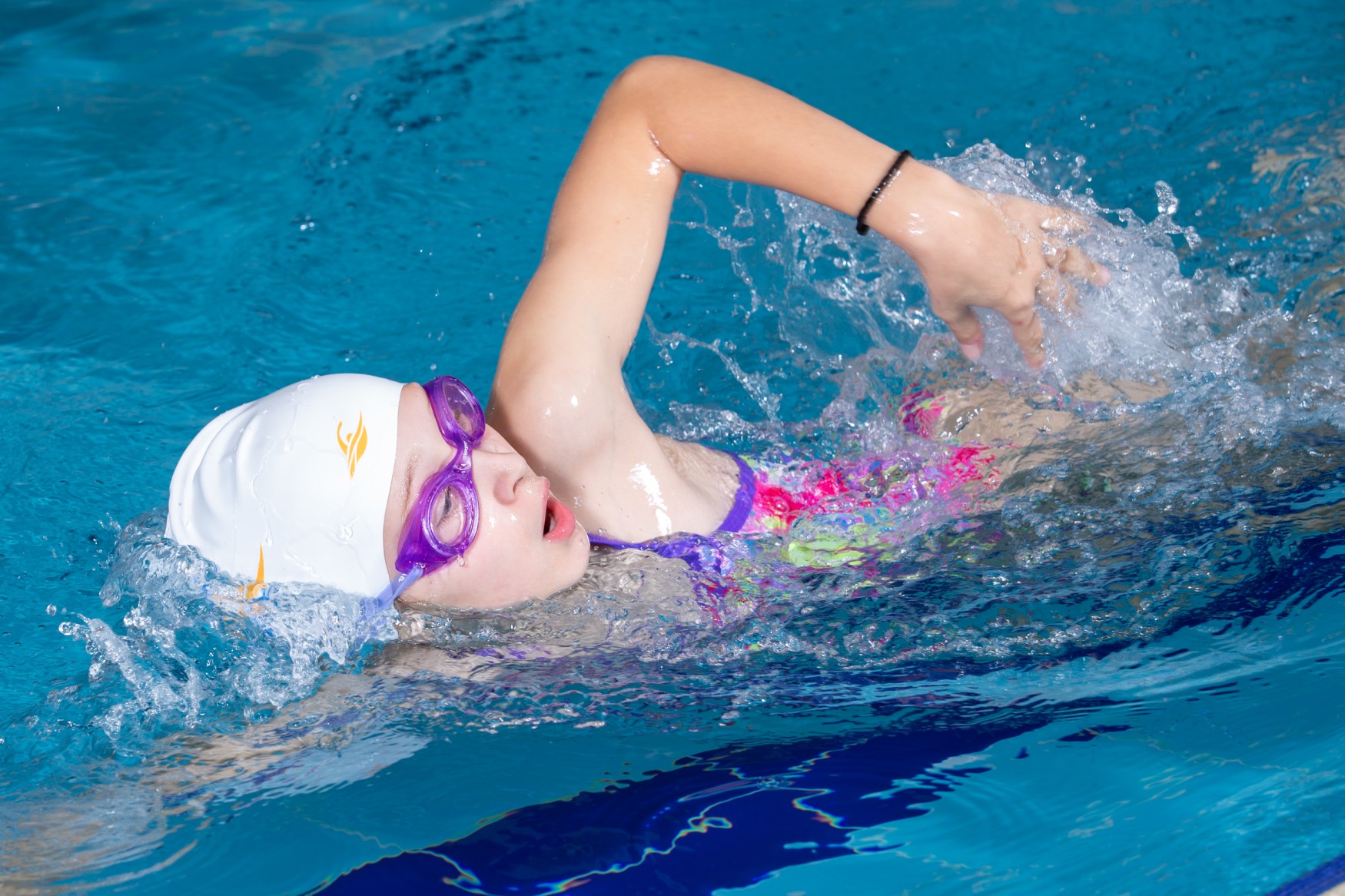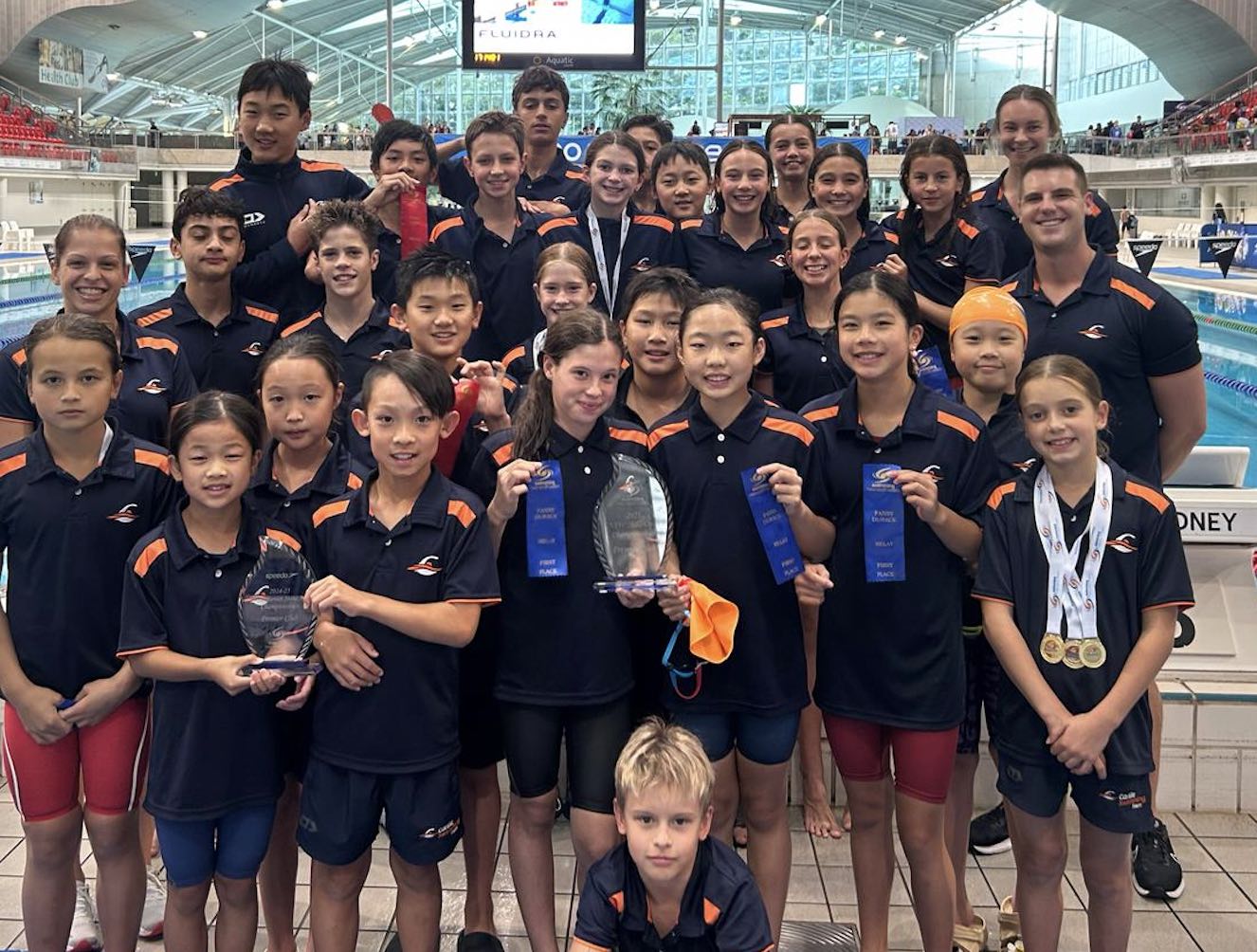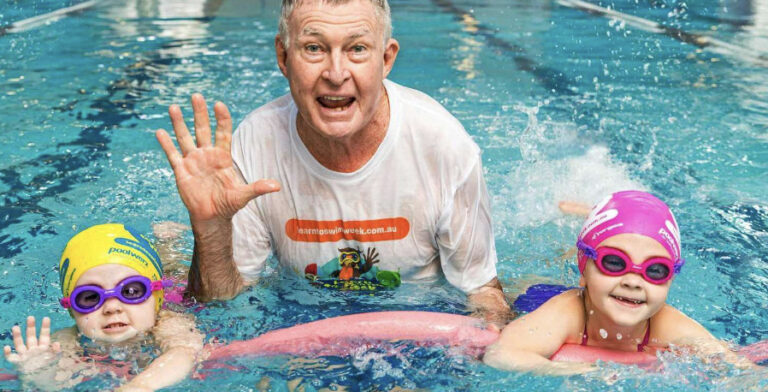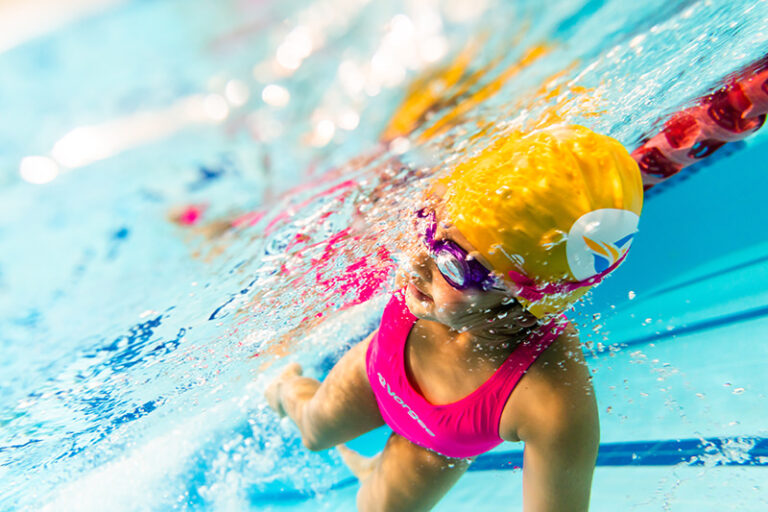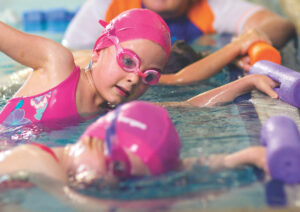
Research shows group learning is best for children’s swimming lessons. If you are considering private lessons, it could be a mistake.
Much like school, having peers alongside a child can stimulate learning. Successful swimming programs should be skills based, so children learn alongside others of similar ability.
Through varying learning styles amongst students, and the inclusion of encouragement, engagement and repetition, most children perform best in groups.
Consider how your child learns, the most common styles are:
- physical
- social
- verbal
Physical: This hands-on type of learning style is the most common.
Whether it’s remembering information visually or the thrill of getting into the action, kids will benefit from group learning if they learn best in this environment.
Swimming lessons should provide endless opportunities to learn physically. For example, students should have the chance to do multiple laps or turns of swimming, which allows them to practice their technique through repetition.
Social:Working together is always fun!
Has your child ever raved about how much they loved working with their peers on a project at school? Well, your child may be one who learns best with the company of others, finding it encouraging, engaging, and motivating when working with or participating in groups.
With swimming lessons, having multiple students in classes with similar skills and abilities allows for more engagement and understanding of swimming.
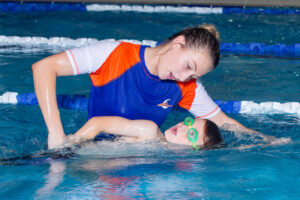
Research shows children learn not just by doing, but by watching their peers attempt the same skills. They learn by seeing someone of a similar size and ability trying to master the particular technique they are also working on.
Then there is also the obvious social aspect of participating in group learning. For example, when teachers are reminding their students of what they are working, they often quiz the students. The thrill of getting an answer right in front of the class can be an exciting experience. “Where do we put our chin when we swim?” “On our chest!”.
Verbal: Listening and understanding
These learners typically have a deep emotional understanding and response to verbal feedback, and or new information.
Similarly to social learners, they can benefit through effective communication. For example, if a student has just completed a lap, their teacher can give them feedback, “Very clever Johnny with your chin on your chest! Try on your next lap to get your toes to make little fast kicks!”.
Along with learning styles, there are other benefits through group engagement.
Other reasons why group learning is best for children’s swimming lessons.
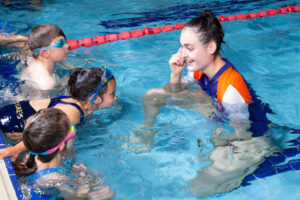
Making new friends – Sometimes, when parents or kids can see a busy or full class, this can be an overwhelming feeling. Take the approach of encouraging your child, so that when they come to swimming lessons, they get to make new friends in a new environment from school or other curricular activities.
Learning Etiquette – Group learning in children’s swimming lessons help children adjust to the routine of learning to wait for their turn when it comes to class flow. When fellow peers in the class are swimming, the rest need to wait for their turn as instructed by the teacher. The intention of teaching kids to wait for their turn allows them to practice, and thus understand the etiquette, ultimately taking this skill into various social settings.
Group feedback – Kids learn best in environments where there is consistent repetition of information and opportunities to practice something, along with good encouragement and engagement. With this in mind, we create time to cater toward focusing on these approaches.
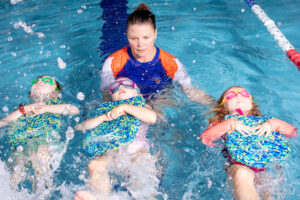
Encouragement and engagement – In kid’s eyes, this means having fun! From Simon says to any other game, Incorporating fun into group learning keeps the kids engages.
Repetition – Kids love routine. Having a consistent program can help kids anticipate what their teacher expects of them for that lesson, along with understanding the layout of the swimming class. Having consistent expectation leaves for no distress or change. If your child is distressed about a promotion to the next class where they learn new things, remind them they get to do some things they already know how to do, along with learning some new things and this is exciting!
Along with consistency, attending group swimming lessons regularly brings its own benefits as well. It allows for skills and milestones to be achieved that aren’t just related to the lifesaving skill of swimming.
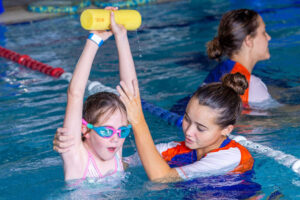
Australia’s Griffith University, published a ground-breaking study over the course of 4 years. Kids from the ages 3- 5 years old who regularly attend swimming lessons were:
- 11 months ahead in verbal skills
- 6 months ahead in mathematical skills
- 2 months ahead in literacy skills
- 17 months ahead in story recall
Observation – Kids don’t only learn from practicing swimming and receiving feedback. When other students in the class are having their turn, kids can watch their peers and understand from a new perspective how to do specific skills. This means that even when your child isn’t swimming, through the observation of others in the class they are still learning. Watching the teacher do demonstrations can be helpful, as well as receiving hands on corrections and feedback, however seeing kids at similar ages and abilities allows them to further understand the skills they are attempting.
Throughout these benefits of group environments, we see that the overall variation of ways to effectively teach through different learning styles, repetition, encouragement and engagement, kids can learn the lifesaving skill of swimming in a strong suited environment. By giving kids, the opportunity to make friends and socialise, along with learning forms of etiquette, there is productivity shown in the lessons across all levels to help kids grow, mature, and learn to swim their best!

